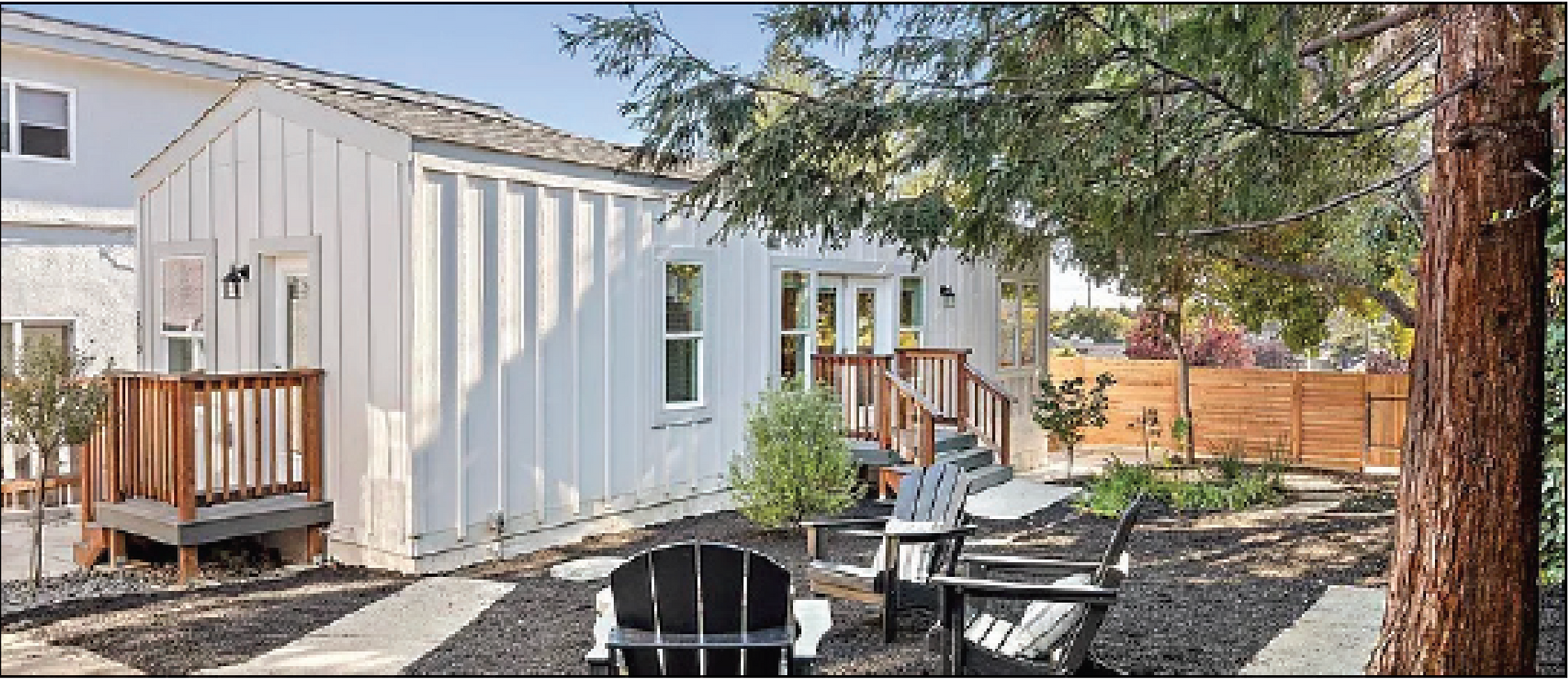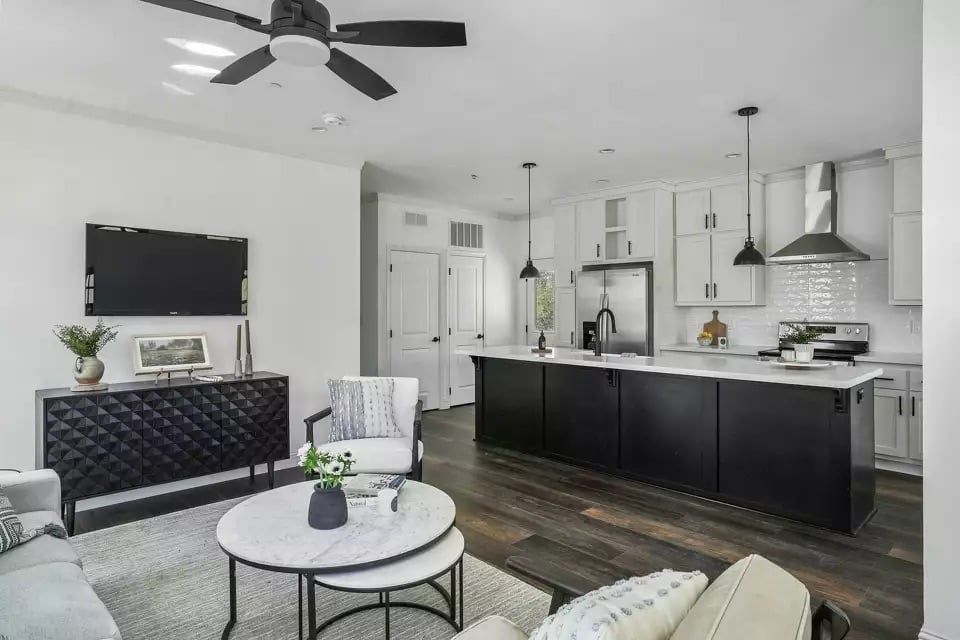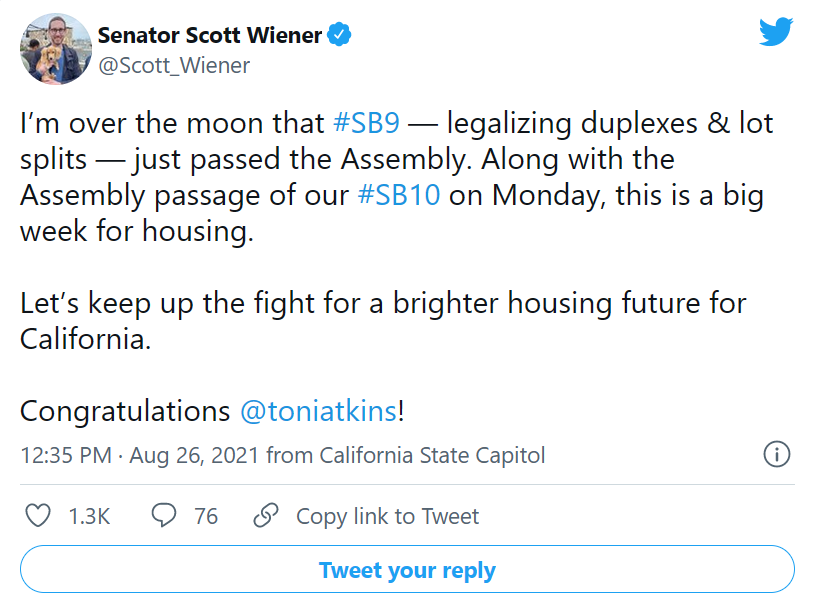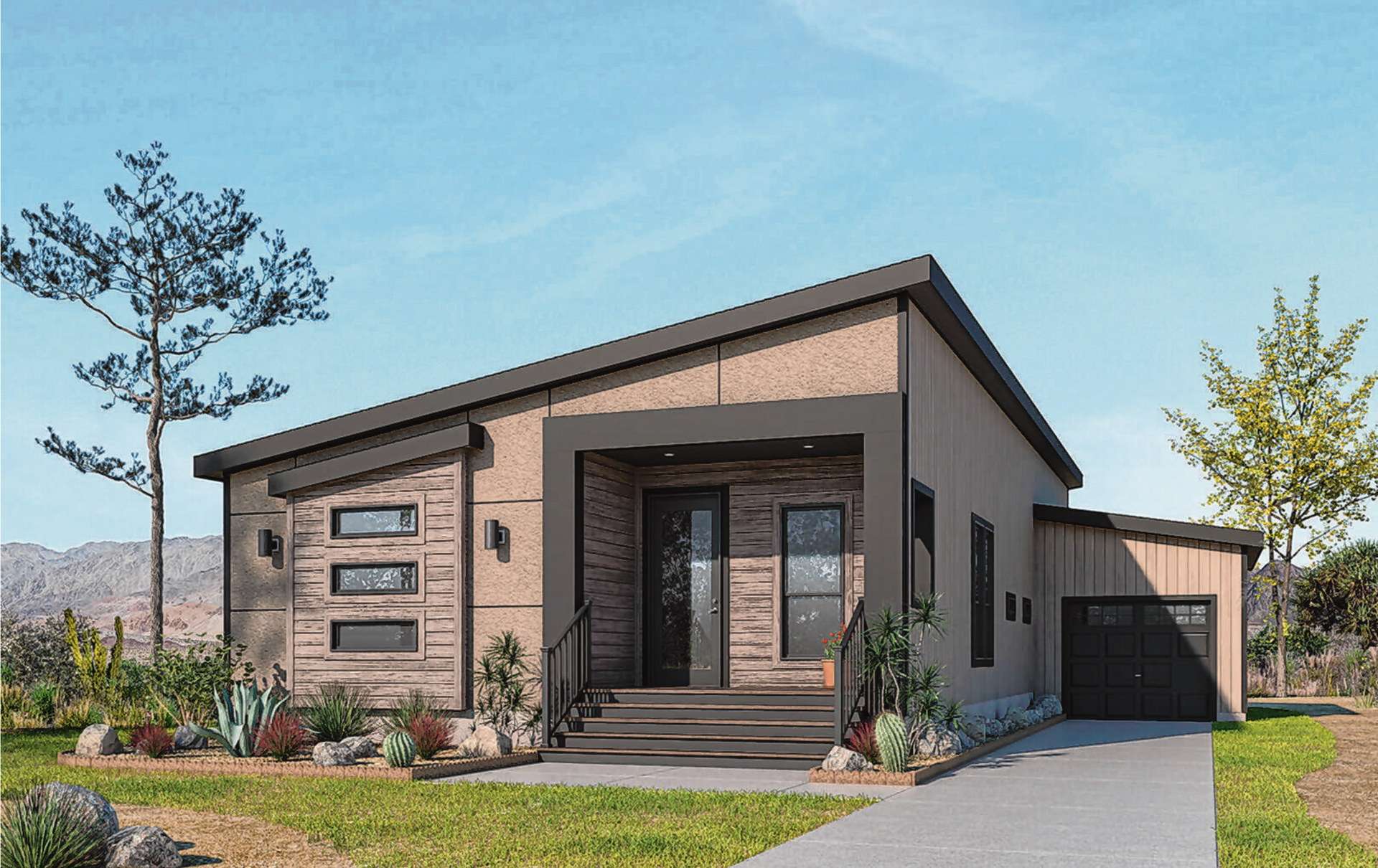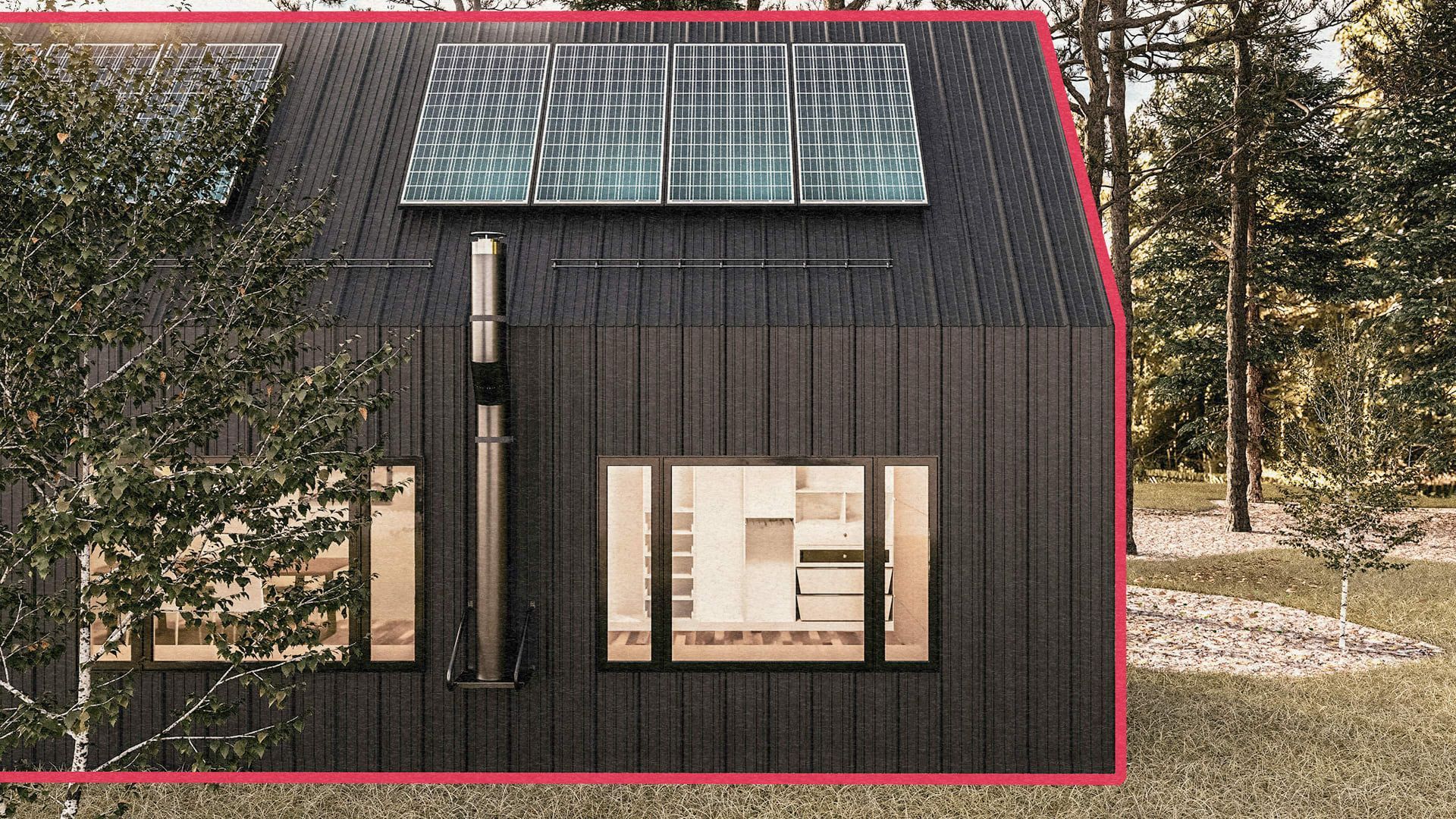California Bill Could Dramatically Increase Housing Stock

California passes a zoning law designed to create more housing.
California legislators just took a huge step to address the state’s housing crisis by allowing homeowners to double up. The state assembly passed a bill today (Aug. 26) that allows for two-unit buildings to be built on lots previously zoned for single-family homes.
It’s a significant reversal of decades of policy built around restrictive single-family zoning. In California, as across the US, allowing for one housing unit to be built per parcel of land has been standard. It’s what gave rise the suburbs as we know them, but has also been used as a tool in racist housing policies that have excluded Black, brown, and Native Americans from homeownership. In recent years, restrictive zoning has been a primary driver of the state’s affordable housing shortage. The median home price in California has risen 27% in the past year alone, and currently sits at more than $800,000.
The new bill allows for more housing density by permitting two units—duplex-style builds, for example—per parcel of land. It further allows homeowners to subdivide their properties, creating up to four units on a single lot. These rules would preempt local zoning ordinances and apply to residential areas across the state. The bill passed the Senate in May, and awaits the signature of governor Gavin Newsom, who has not yet signaled his decision.
YIMBYs vs. NIMBYs
The vote comes on the heels of another piece of legislation, passed Aug. 23, that makes it easier to build multi-family housing of up to 10 units in certain areas by removing some of the approval processes. Together, the two measures are a big win for advocacy groups like
California YIMBY, who have long argued for upzoning —which allows for denser development—as a way to achieve more affordable housing. State senator Scott Weiner, who sponsored the bill passed earlier in the week, tweeted his support for the measure.
On the other side of the argument are those who want to preserve single-family housing out concerns about crowding, resource management, and neighborhood character. The city of Palo Alto, which has been at the center of California’s housing fight since the tech boom sent home prices soaring, submitted a letter in opposition to the duplex bill earlier this year.
A national push for zoning reform
The central role of zoning laws in California’s housing crisis mirrors a similar dynamic throughout the US. One analysis by mortgage corporation Freddie Mac found that the US had a housing deficit of 3.8 million units at the end of 2020. The Biden administration has tried to tackle this issue by incentivizing local governments to loosen restrictions on zoning laws. An early version of Biden’s proposed infrastructure bill included funding for grants and tax credits for upzoning. The provision did not make it into the final bipartisan version of the bill, but is included in the more expansive $3.5 billion budget reconciliation bill currently making its way through the House of Representatives.
Meanwhile, other localities have taken up the question of ending single-family zoning as well. In 2019, Minneapolis became the first to implement a citywide ban on single-family housing mandates, allowing for duplexes and triplexes to be built everywhere. Earlier this year, Berkeley, California, voted to begin a two-year process to change its zoning rules. Oregon is the only other state that has enacted more inclusionary housing laws, with a 2019 law that allows for duplexes, triplexes, and even fourplexes in some cities with large populations.
